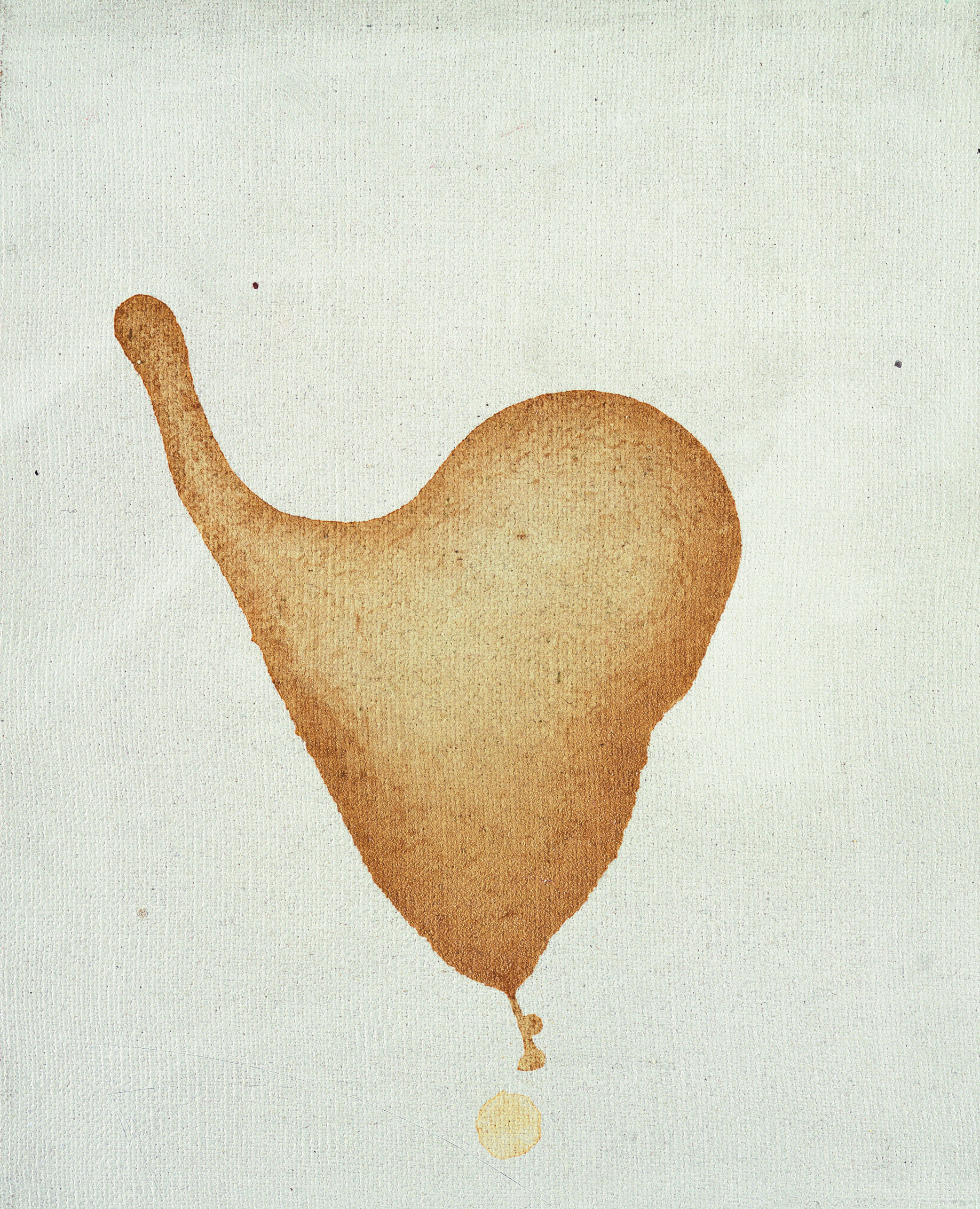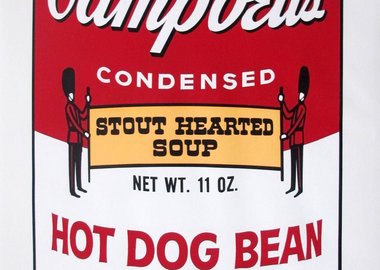But Is It Art? The Joke's On You Seriously
"A chapter in Phaidon’s upcoming Andy Warhol Catalogue Raisonné, Paintings 1976-1978-Volume 5 documents three closely related bodies of work—the Piss, Oxidation, and Cum paintings. The Piss paintings were made by urinating and pouring or dripping urine onto primed canvases; the Oxidation paintings were made by urinating and pouring or dripping urine onto canvases prepared with either copper or gold-colored paint; the Cum paintings were made with semen ejaculated, poured, or dripped onto primed canvases. Andy Warhol produced these paintings during the second half of 1977 and 1978. Chronologically, they directly follow and partially overlap with the Torso and Sex Parts paintings of late 1976 through early 1978. Thematically, both groups of work are concerned with the body: the Torsos and Sex Parts are figural representations of the body’s sexual attributes, whereas the Piss, Oxidation, and Cum paintings are process-based and abstract, relating to the body’s elemental functions."
The Phaidon Folio, Artspace editors
 |
| Andy Warhol, Oxidation, 1977–78, urine and metallic paint on canvas, six canvases. Collection Norman and Norah Stone, San Francisco © The Andy Warhol Foundation for the Visual Arts, Inc., NY, Photo by Phillips/Schwab. |
Who might be interested in hanging on their walls, a piece of 'art' construed as meaningful, beyond abstract, and comprised of semen? Or urine? Take your pick. But you can't have them, either one -- or any of Andy Warhol's great masterpieces unless you're rolling in money and funding such a purchase represents no hardship. Think of the respect you'd acquire in the arts community for owning such an engaging piece of art representative of the human experience, after all....
 |
| Andy Warhol, Cum, 1977–78, semen on cotton. The Andy Warhol Museum, Pittsburgh; Founding Collection, Contribution The Andy Warhol Foundation for the Visual Arts, Inc. ©The Andy Warhol Foundation for the Visual Arts, Inc., NY, Photo by Phillips/Schwarb |
As a Pop Art icon, Andy Warhol has few peers, unless perhaps one thinks of Banksy and his art meant to self-destruct as soon as it has been sold at auction for an unimaginable price, and the purchaser carries through his bid, despite that the piece of art he bought no longer exists in its original form, banking on the very real fact that this destroyed piece of 'art' will only gain in value because of the renowned name of its author and the spectacular trick of destroying its 'integrity' as it passed hands.
Warhol was born in the United States to parents who arrived there as immigrants from Slovakia, from a little town in the foothills of the Carpathian Mountains, a place called Mikova. The residents of that tiny hamlet were mostly unaware that one of their own was a celebrity in the United States and the international art world. "I thought he painted houses", Jan Zavacky, 73, said, at one time, though they all know better now. For they cannot be ignorant of the fact that Warhol's fame is such that his admirers will make pilgrimages to the place where his ancestors were born.
 |
| Andy Warhol, Oxidation, 1977–78, urine and metallic paint on linen, six canvases. Present location unknown © The Andy Warhol Foundation for the Visual Arts, Inc., NY, Photo by Phillips/Schwab |
An old post office has been transformed into the Andy Warhol Museum of Modern Art, in the nearby town of Medzilaborce, and the main road in the town was been renamed Andy Warhol Street. But it is on the road leading to Mikova that a billboard sits with the visage of Warhol in his wig of wild hair, identifying the village as his family home, his ancestral home, though it is not that of an aristocrat. Few people remain in the town. But now they all recognize the name Andy Warhol, son of Andrej Varchola and Julia Zavacky-Varchola. Warhol simplified things by changing his name.
A cousin who lives in the tiny village of Mikova observed astutely that In America "You don't need to be very good at something. You just need to be different", something her cousin Andy figured out a long time ago, and made a prodigious effort to distinguish himself, doing it very successfully, by being wildly, outrageously 'different'. There was a time when Andy Warhol said, "I come from nowhere", and perhaps he meant the town of 100 residents is so insignificant it is actually nowhere.
As, for example, his art could be characterized by some who appreciate traditional art forms, as 'nothing'. Or even an assault on art, or an insult to the medium. The Medzilaborce museum was set up by Michal Bycko, an art expert, aided by Warhol's U.S. family. "They laughed in my face", were "outraged", when he showed a photograph of Warhol in his wild-haired wig to the locals and tried to convince them that the son of Andrej and Julia was famous for painting pictures of Campbell's soup cans.
 |
| The artist Andy Warhol on fire escape of the Factory at 231 East 47th Street in the 1970s |
Now, the Medzilaborce museum is where Europe's largest collection of Warhol art and artifacts can be found. There are no fewer than ten Campbell's Soup Can prints, a number of Marilyn Monroes, and a snakeskin jacket the artist once wore, along with a pair of his glasses. Warhol's parents both spoke Ruthenian, part of a culture and language bordering between Slovakia, Ukraine and Poland. He was able to understand it sufficiently so as to use it when he met Pope John Paul II, who as a Pole, knew the language.
Imagine, paint enough Campbell's soup cans and you get to meet the Pope! Andy Warhol did, and he laughed all the way to the bank....
Andy Warhol
Ladies and Gentlemen (II.129)
Print
Screen print on Arches paper
43" x 28"
Buy Now Labels: Andy Warhol, Artistic Creation, Celebrity



0 Comments:
Post a Comment
<< Home